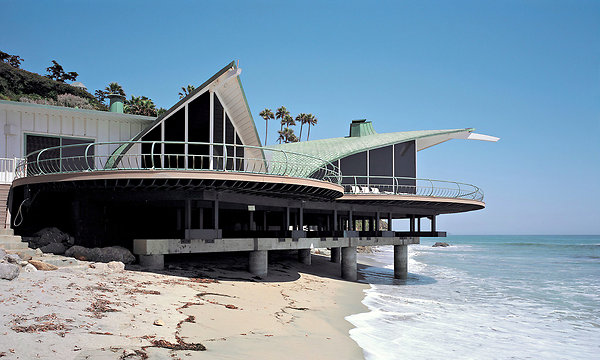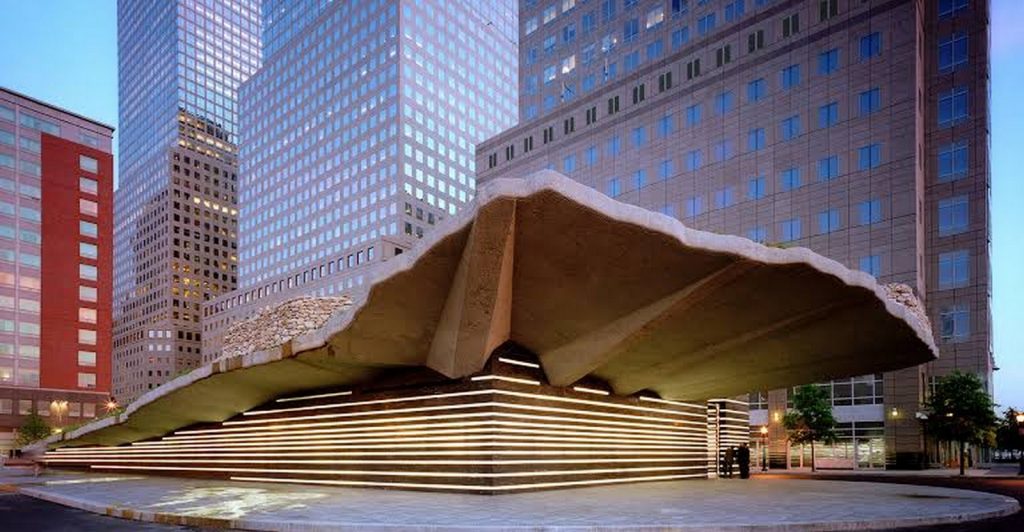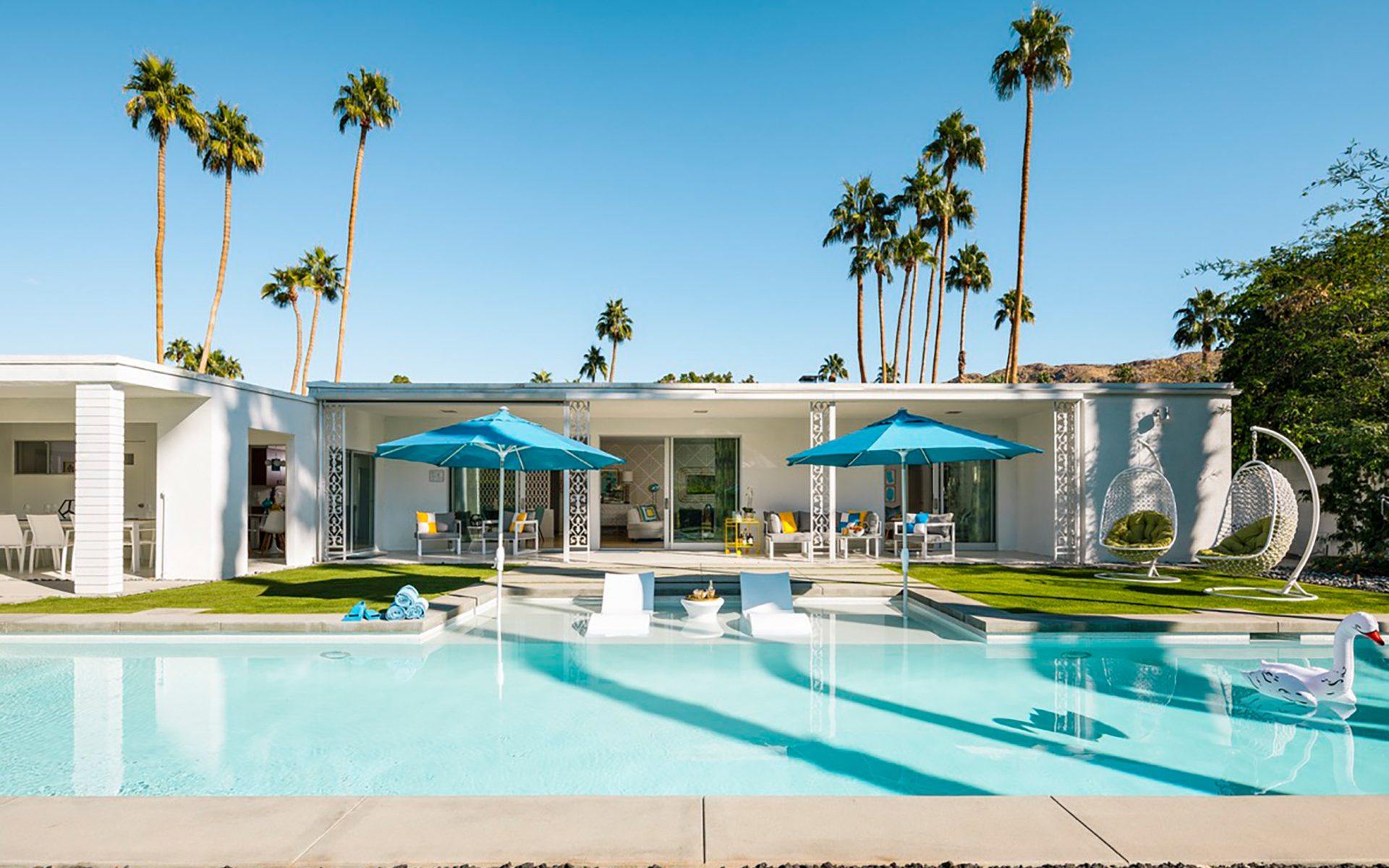
Perspective of a 3D (Architectural) Rendering
AlexJones
- 0
- 613
3D rendering or photo-real rendering is a Malibu architects of producing an image based on three-dimensional data stored within a computer. 3D rendering can be designed to be abstract or as realistic as painting or photograph. Unlike photography, however, everything is imaginary and scenes need to be created. 3D Rendering requires a lot of work usually boundless amount of creative control over what may appear in the scene and how it is graphically presented to achieve good results. Before it could be done you first need to do the Modeling or Animating process. It is said to be “real time” because the computer makes the rendering without delay time, at each movement or modification of the 3D model.
The rendering and shading technology was first started during 1960’s by venerable designer William Fetter who was attempting to devise a new process in order to maximize the efficiency of the layout inside an airplane cockpits. Over the years on the road of realism goes, 3D rendering was re-develop to increase complexity of the scene. It was called other names such as “Gouraud Shading Model”, “Phong Rendering and later on “Ray Tracing” name by their developers until it was named “3D Rendering”. I personally like the euphony of the word 3D rendering compared to the other names it was called.
The latest technology for photo realistic renderings wade beyond basic ray tracing, through the stimulation of technology, faster computers and a new birth of talents photo realistic 3D rendering has been ubiquitously used among artist.
Why 3D architectural rendering is a niche nowadays?
3D allows you to stimulate your creative horizons with movement, depth and animation. Over the years companies realize how to debouch the power of 3D visualization adds tremendous value to their presentations and other marketing campaigns, resulting to high volumes of sales for their products and services. It is important to heighten the awareness of what 3d can do for a business’s growth. In 3d architectural you can easily presents your project/product in a turpitude or more appealing form then gives you an edge over old mediums. 3D photo real renderings play major role in real estate sales. Potential clients repose on the final product, so in order to sell you project its bes to present it realistically through 3d architectural rendering, animation or walkthroughs.
Qualities Of A Good 3D Architectural Rendering?
3D Rendering is a great way to display your products or ideas and deliver visual concepts ostentatiously to your potential clients so it’s important to know how to achieve good rendering. Your ideas are translated in 3D to create Photo-Perfect 3D images. The 3D rendering artist must control all aspects of the scene such as Texture, Lighting, Transparency, Getting the right Angle, Detailed Model, and balance of Entourage in order to create a perfect result.
Texture – a method by which you add details, where you specify a color, a level of reflectivity and even a degree of bumpiness to scene. Textures allow 3D models to look significantly more detailed and realistic than they would otherwise. In order to achieve a higher level of realism make sure that the edges match closely to your model, have a larger number of smaller polygons and don’t forget to to achieve good accuracy. Textures can also be repeated horizontally and/or vertically across a surface (with our without a degree of rotation), a technique used extensively for modeling surfaces such as brick walls, grass, roads, fences, etc. It can be applied in two ways: either the texture replaces whatever colour is already inherant to the polygon, or the texture colour is blended with the colour and surface properties of the polygon.

